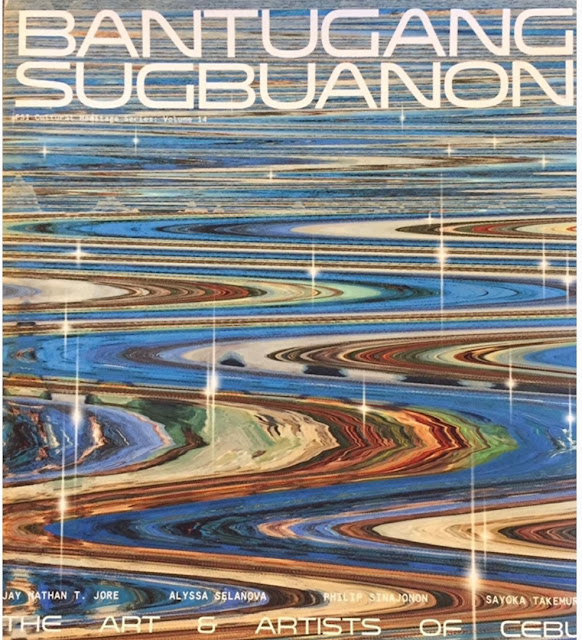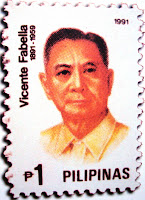The National Anthem of Switzerland
 In the summer of 1841, Alberik Zwyssig received a piece of mail from Leonhard Widmer, a music publisher, journalist and lyricist from Zurich. The mail contained a patriotic poem that Widmer had written and wanted set to music. Zwyssig chose to use a hymn that he had composed to the psalm "Diligam te Domine" (I will love Thee, O Lord) for an ordination service in 1835 when he was music director at the monastery in Wettingen. On November 22, 1841, Zwyssig rehearsed his "Schweizerpsalm" (Swiss Psalm) for the first time with four residents of Zug. The song turned out to be very popular in several Swiss cantons, and numerous attempts were made between 1894 and 1953 to have it declared the Swiss national anthem, but they were consistently turned down by the Swiss government for the reason that a national anthem should not be selected by government decree but by popular opinion.
In the summer of 1841, Alberik Zwyssig received a piece of mail from Leonhard Widmer, a music publisher, journalist and lyricist from Zurich. The mail contained a patriotic poem that Widmer had written and wanted set to music. Zwyssig chose to use a hymn that he had composed to the psalm "Diligam te Domine" (I will love Thee, O Lord) for an ordination service in 1835 when he was music director at the monastery in Wettingen. On November 22, 1841, Zwyssig rehearsed his "Schweizerpsalm" (Swiss Psalm) for the first time with four residents of Zug. The song turned out to be very popular in several Swiss cantons, and numerous attempts were made between 1894 and 1953 to have it declared the Swiss national anthem, but they were consistently turned down by the Swiss government for the reason that a national anthem should not be selected by government decree but by popular opinion.It was due to the fact that the anthem in use at the time had the same melody as the British anthem, that the Swiss government declared the "Swiss Psalm", a fully and unmistakably Swiss creation, the provisional Swiss national anthem in 1961, the provisional clause was abandoned in 1975, but without official ratification as the national anthem. A number of other suggestions for a national anthem were made in the years that followed, none of which, however, earned nearly as many votes as the "Swiss Psalm". Finally, on April 1, 1981, the "Swiss Psalm" was officially declared the Swiss national anthem, "a purely Swiss song, dignified and ceremonial, the kind of national anthem that the majority of our citizens would like to have."
Switzerland has five official languages, and all have an official translation of the Schweizer Psalm in addition to Widmer's original German lyrics. Some of Switzerland's cantons (especially those with a recent history of independence outside of Switzerland) have their own anthems, Neuchatel's cantonal anthem, for example, uses the same melody as the former Swiss anthem, that is "God save the King (Queen)".
Johann Josef Maria Zwyssig (he took the name "Alberich" later as his name in religion) was born in 1808 in Bauen, Canton of Uri. From 1821 to 1841 he lived in Wettingen Abbey, first as a choir boy and pupil in the monastery school, and later as a monk and priest. He was also a teacher, secretary to the abbot and choirmaster.
After the dissolution of the abbey by the Grand Council of the Canton of Aargau on 13 January 1841 the monks wandered from place to place for several years. After the Sonderbundskrieg Zwyssig spent six years as a guest in Wurmsbach Abbey at Jona on Lake Zürich. He was in charge of teaching music at their newly founded daughter institute, and wrote many compositions both religious and secular. In 1854 the wandering monks at last came to Vorarlberg on 8 June 1854 the former monastery at Mehrerau in Bregenz, which had been secularised in 1806 by the Bavarian state, was re-founded as a Cistercian monastery by Abbot Leopold Hoechle from Wettingen with seven priests and three brothers. Zwyssig participated in the new foundation as a cantor but died there within a few months, on 18 November 1854.
The stamp above features part of the score and lyrics of the Swiss anthem by Zwyssig issue in 1954.






